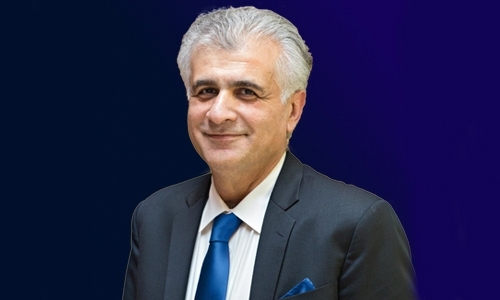ITIL: A framework for IT excellency
Many wonder about the best way to run an organisation, deliver a service or build a product, this is an endless question that has puzzled many entrepreneurs, founders and executives as they pursued a market-lasting product or service while substantial amounts of money were given to consultants and professionals to aid in their pursue. As technology plays a vital role in most, if not all, businesses and organizations today to deliver complex and unique products and services, it became clear that the delivery of reliable, stable and high-quality services solely depends on how technology is deployed and used, which has put great pressure on IT executives. The role of technology has shaped up in the previous decades and now it has become the most critical in any organization, it aids in optimizing all aspects of operations, reducing costs from all angles, and enabling the wide reach to all customers physically and virtually.
In a world where software solutions and automation are key factors of success, but yet they are in abundance and wide spread, significant expenses are associated with IT investments, which made IT executives look for guidance and direction on ways to maintain the quality of the services and efficiency of operations while reducing the costs and increasing value. The answer lied with learning how other similar successful organisations have done it and implementing the same practices – the industry’s best practices – which led to the formation of the Information Technology Infrastructure Library (ITIL) framework.
ITIL is a framework of compiled set of best practices, collected and put together by the United Kingdom’s government in an effort to reduce IT-related costs and standardize practices for the selection, planning, delivery and support of IT services to a business. ITIL provides a complete methodology for organizations on how to manage and administer all IT services and how they fit within the bigger picture of the entire business. It incorporates practices that fulfil any business’s whole lifecycle, from setting its strategy and defining its market and target consumers, to designing services, managing and delivering them to customers while continuously looking for improvements. The focus of the ITIL, which is globally most accepted framework, is to maximize value while continuously aligning the IT practices with the ever-changing business needs.
ITIL emphasises on the alignment between business and IT, and shows how it can be the key aspect of success and aid effectively in meeting all the strategic objectives of the organization. The proper implementation of ITIL can lead to an improved Return of Investment (ROI) from IT, not only on IT projects and investments but also on all projects of the entire organization. Executives will have a clearer view of IT costs and assets, improved relationships with the business due to the continuous adoption and understanding of their requirements, and elimination of redundant work which will aid in improved resource utilisation and efficiency. A critical aspect of ITIL is how to ensure critical IT services are provided with utmost quality, reliability and stability, and how to protect the entire IT environment when changes are applied and how to ensure fulfilment of requests to all users on a way to meet users’ and business’ expectations.
ITIL does not exactly tell which, how or how much organisations should implement its practices, providing organisations with the flexibility to utilise and customise the ones which are needed to address their specific issues and requirements.
Today, ITIL has become so popular that many organisations plan and form their IT Departments based on roles and processes defined in the ITIL framework while investing in certifying their IT staff against ITIL certifications. It has become the ‘standard’ to follow in order to provide reliable, economical (low-cost) and high-quality services no matter the industry of the organisation, nature, size or complexity.
Related Posts

